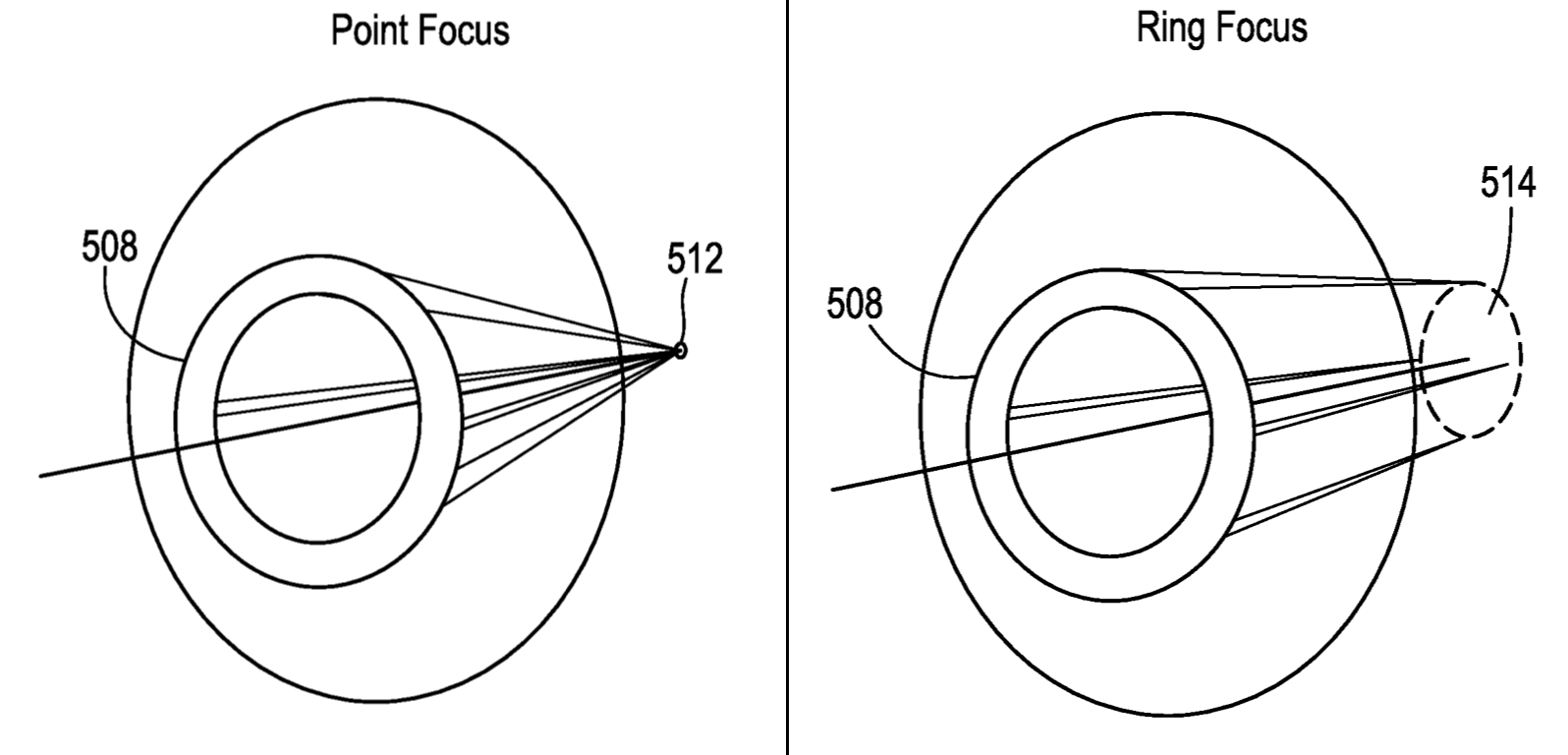 |
Teenagers were more judgmental of their overall vision with certain myopia control soft contact lenses compared with children between the ages of seven and 12. Photo: J&J Vision. Click image to enlarge. |
Myopia control soft contact lenses (CLs) feature optics designed to slow myopia progression, but they can also reduce vision quality vs. conventional optical designs. Myopia control soft CLs are often evaluated in younger children (≤12), but meaningful myopia progression can occur during their teen years. Researchers at Johnson & Johnson Vision performed a post-hoc analysis of a prospective clinical study in myopic children (ages seven to 17) that assessed subjective vision with myopia control soft CLs using a patient-reported outcomes questionnaire. They found that older children were more judgmental of their vision experience during early wear. Their results were presented last week at ARVO in New Orleans.
The team conducted a multi-site, single-masked, 3x3 crossover study with a run-in period. Healthy myopic children from seven to 17 years old were recruited, balancing the number of children seven to 12 with those 13 to 17. Subjects initially used a daily disposable soft CL with conventional optics for one week, then lens wear sequence was randomized and subjects were fit with one of three myopia control soft CLs for each of three two-week periods. There were two senofilcon A prototype myopia control soft lenses with noncoaxial ring-focus designs (for enhancing efficacy and enhancing vision) and one omafilcon A dual-focus design. Subjective vision was assessed using the Pediatric Myopia Control Questionnaire at the two-week follow-up. An overall vision item was analyzed using the Pearson chi-square test to assess differences in top two box score proportions between the two age groups (excellent and very good) for each lens type separately.
The intent-to-treat population included 75 participants, with 38 from seven to 12 years old (mean 10.6) and 37 from 13 to 17 years old (mean 14.7). The researchers detected a significant difference in top two box score proportions by age for enhancing efficacy and approach for dual-focus, but there was no significant difference for conventional optics or enhancing vision.
"A different balance of vision quality and myopia control efficacy may be prudent in older children to better fit their more critical assessment of vision quality and decreasing average annual rate of myopia progression,” the researchers concluded in their abstract.
Original abstract content © Association for Research in Vision and Ophthalmology 2023.
Nixon A, Xu J, Brennan NA, et al. Subjective vision differences with soft contact lenses for myopia control in children and teenagers. ARVO 2023 annual meeting. |

